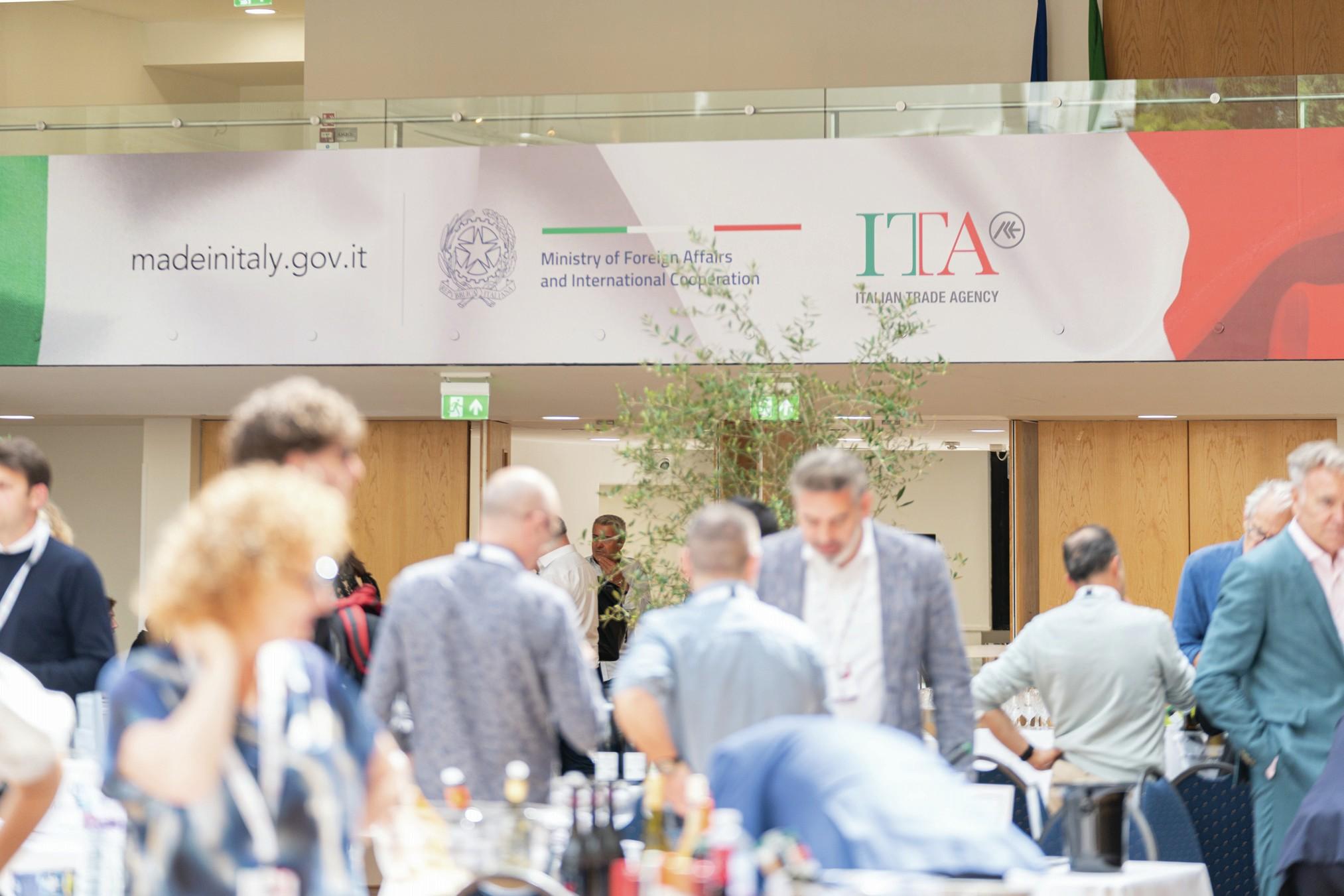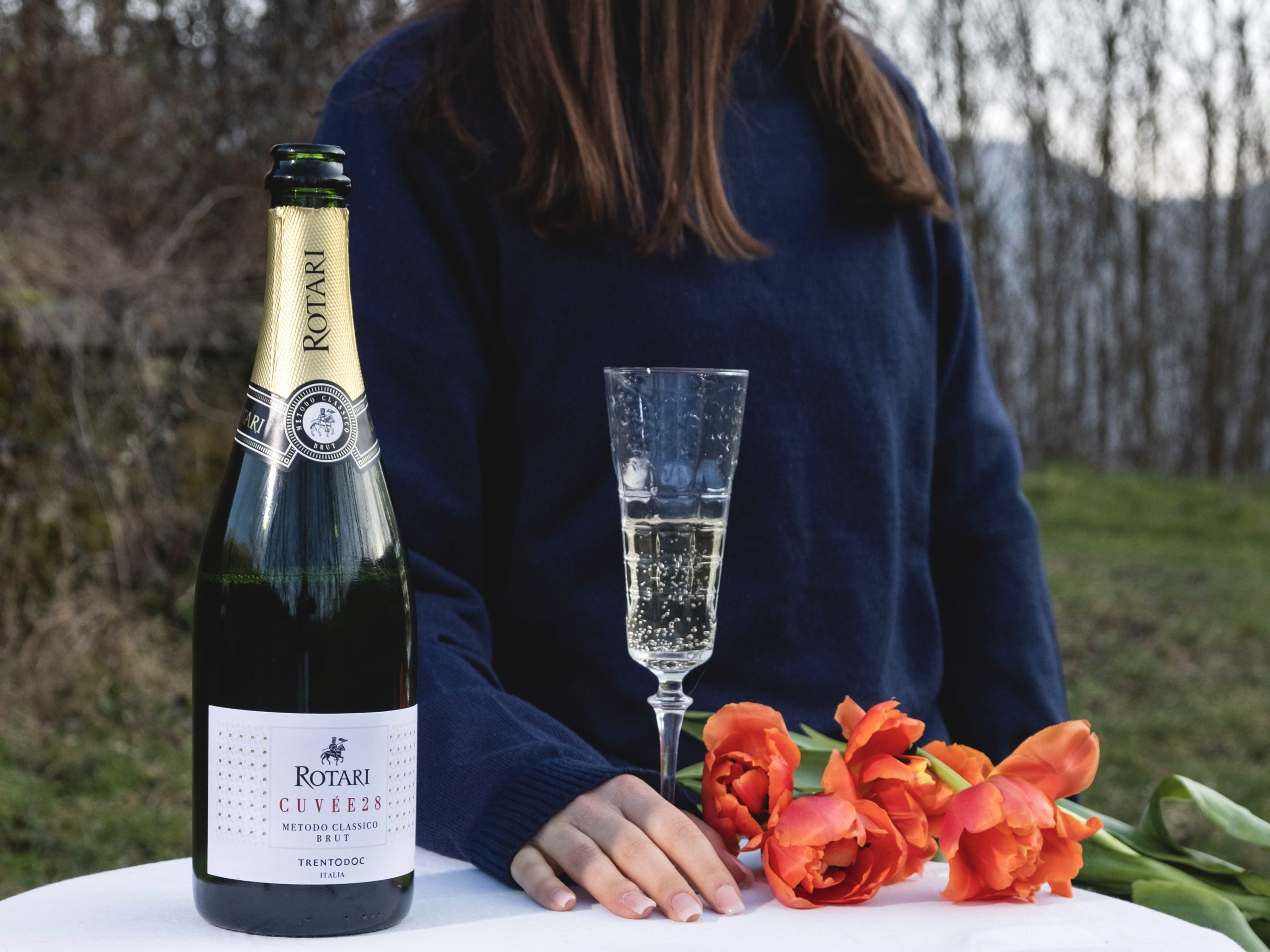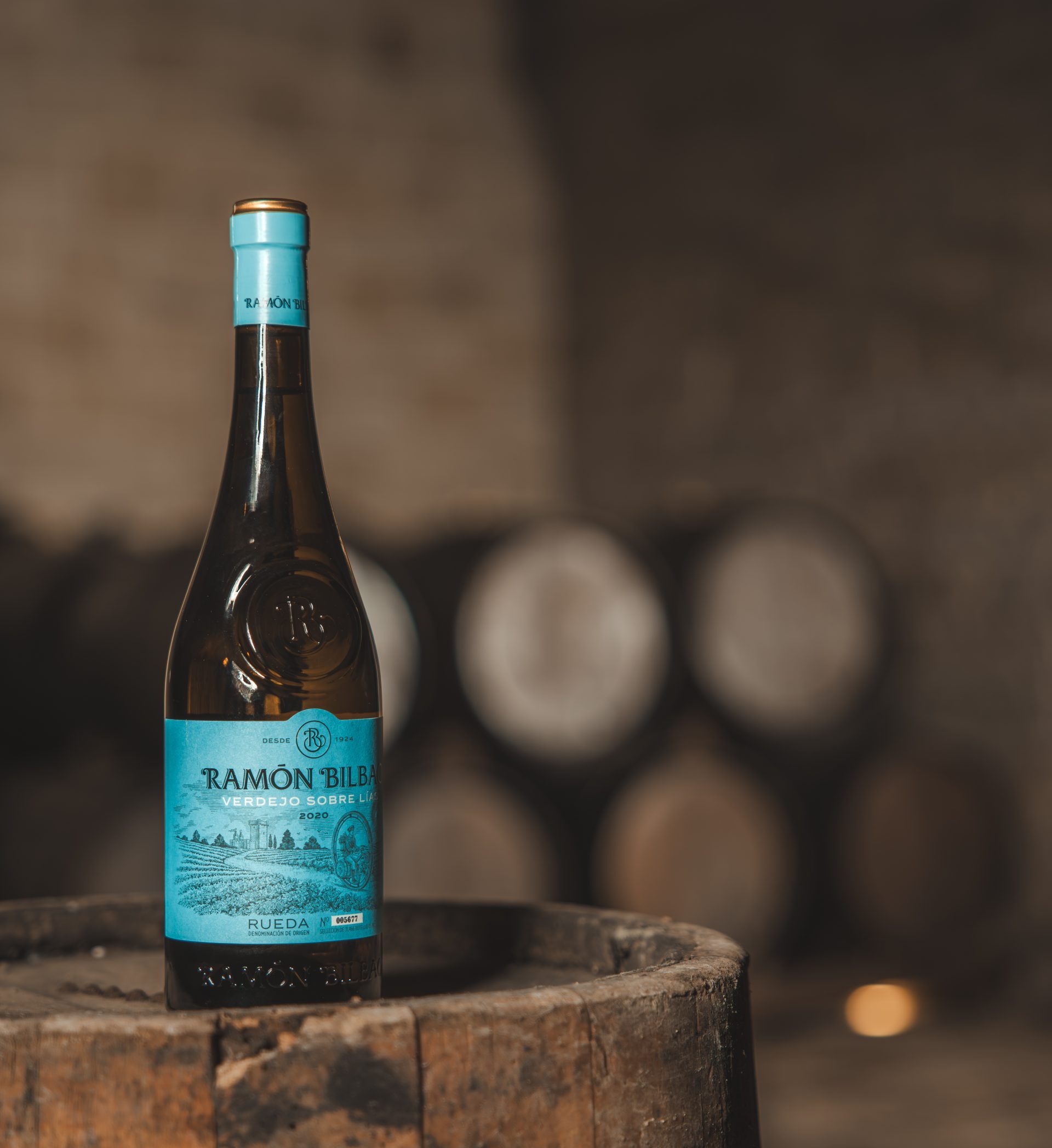Starting something
Glenfiddich will need deep pockets to resist this two-prolonged attack. While it has been successful in new markets, the temptation is to raise cash quickly through discounting in mature markets.
A WEIRD noise was heard two months ago, a spluttering sound which on closer investigation turned out to be a coughing fit which could only be described as apoplectic.
When I tracked it to Glenfiddich, my friend there had a face which was almost as purple as his shirt. "If there was any malt which can claim to be the one which started the category it’s THIS one!" he raged.
It transpired the root of his anger was the new ad campaign for The Glenlivet whose strapline claims it was the malt "which started it all". In whisky, history matters and when Glenlivet decided to go down the well-trodden "heritage" route feathers were bound to be ruffled.
Was Glenlivet the first malt whisky? No. Its founder, George Smith can claim to have been the first distiller to take out one of the licences created by the 1823 Wash Act which kickstarted the modern Scotch whisky industry.
Was Glenlivet the first licensed distillery? No. There’s evidence that the Cummings of Cardow may have pre-empted Smith. In any case, Ferintosh [1689] was Scotland’s first commercial plant, while Speyside’s Strathisla was licensed in 1786, giving it a 38 year headstart.
Ferintosh has long gone, but Strathisla’s owner has missed a trick. Who is it? Er, Chivas. Was Glenlivet the first malt whisky brand? Well "Glenlivet", and Smith’s in particular, was in high demand in the 19th century, but for blending.
As for George IV asking for Smith’s whisky when he visited Edinburgh in 1822 (as the ads infer), well he may have asked for Glenlivet but in those days that was akin to asking for a glass of hock or claret – a generic, not a brand.
While this hair-splitting had peeved my friend in Dufftown, what had induced a facial shade close to Ribena was Chivas’ claim that Glenlivet’s aim is to overtake Glenfiddich as the world’s number one malt.
"Look, the number one slot isn’t ours by right," he said, "but how the hell are they going to do it? It’s idiotic to suggest things like this." When you look at the figures it seems he may have a point. Glenfiddich sells close to 800,000 cases globally.
Glenlivet currently sells around 400,000. That’s some gap. How can it be closed? Glenlivet has six stills. Glenfiddich has so many [29] it managed to transport one to Glasgow for the recent Whisky Live! consumer fair.
Partner Content
So, extend the distillery – and wait? According to a friend at Chivas, "There’s no expansion planned for the distillery on the production side." Could there be enough whisky in store? After all, Pernod-Ricard inherited a huge stock surplus when it bought Seagram at a time when sales of Glenlivet were hardly buoyant.
"We’ve taken our plans into account as regards production and don’t forsee any problems," was the enigmatic answer. The ultimate aim, however, still involves doubling sales to match Glenfiddich’s current level.
"We’ve a phased plan that takes into account current growth, new markets in Asia, and previously under-exploited markets in Europe for a brand which has so far focused on the US." And how long will all this take? "We have a timescale, but haven’t published it.
The first target is 500,000 cases." The other strategy could be to erode Glenfiddich’s share; something Diageo is also contemplating with vatted malts. Glenfiddich will need deep pockets to resist this two-pronged attack and, while it has been successful in new markets, the temptation is to raise cash quickly through discounting in mature markets.
Already the bulk of malt sold in the UK and France is done so through special offers, a handy way to generate cash-flow, but hardly a strategy which inspires confidence in the long-term – which brings me to Glenmorangie.
Why did the Macdonald family decide to sell up? Because the share price was at its peak. Glenmorangie is cash-rich thanks to discounting. What will its new owner make of this? Look at who is in the running.
Bacardi and Brown-Forman lead the field with LVMH closing fast. Angostura cannot be discounted and outsider bets are being placed on Suntory and Whyte & Mackay. From past evidence there are some players here who are more than happy to go the deep discounting route.
If that happens, then Chivas decides to grow Glenlivet’s share by this method and Glenfiddich joins in, the malt category will go the same way as blends, and heritage will count for nothing.
"The brands which ended it all" doesn’t have quite as positive a ring.




